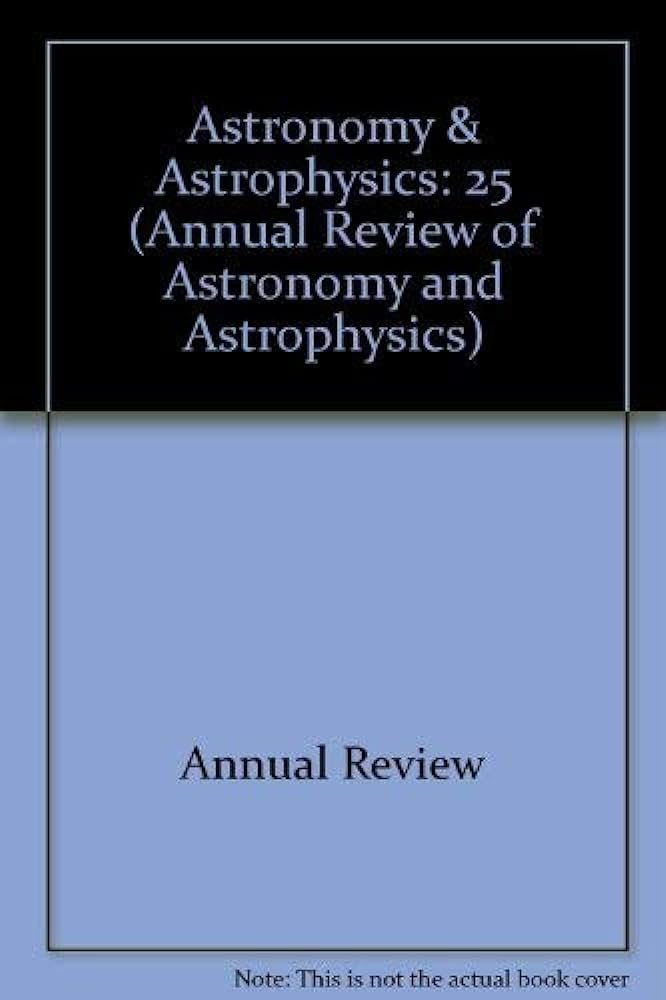天文时间序列的高斯过程回归
IF 32.5
1区 物理与天体物理
Q1 ASTRONOMY & ASTROPHYSICS
Annual Review of Astronomy and Astrophysics
Pub Date : 2022-09-19
DOI:10.1146/annurev-astro-052920-103508
引用次数: 7
摘要
在过去的二十年里,天文学中时域数据集的可用性、规模和精度都有了很大的发展。由于其独特的灵活性、数学简单性和相对鲁棒性的组合,高斯过程(gp)最近成为在此类数据集中对随机信号建模的首选解决方案。在这篇综述中,我们简要介绍了GP在天文学中的出现,提出了潜在的数学理论,并给出了实用的建议,考虑到GP回归中涉及的关键建模选择。然后,我们回顾了迄今为止天体物理学文献中GPs在时域数据集上的应用,从系外行星到活动星系核,展示了该方法的强大功能和灵活性。我们提供了使用模拟数据的工作示例,并提供了源代码链接;讨论了计算成本和可扩展性问题;并简要介绍了当前开源GP软件包的生态系统。总而言之:GP回归在概念上简单,但在统计上有原则,是分析天文时间序列的有力工具。■它已经被广泛应用于一些子领域,如系外行星,并在许多其他领域获得了牵引力,如光学瞬变。▪在进一步算法和概念进步的推动下,我们预计在未来的许多年里,GPs将继续成为强大和可解释的时域天文学的重要工具。《天文学和天体物理学年度评论》第61卷的最终在线出版日期预计为2023年8月。修订后的估计数请参阅http://www.annualreviews.org/page/journal/pubdates。本文章由计算机程序翻译,如有差异,请以英文原文为准。
Gaussian Process Regression for Astronomical Time Series
The past two decades have seen a major expansion in the availability, size, and precision of time-domain data sets in astronomy. Owing to their unique combination of flexibility, mathematical simplicity, and comparative robustness, Gaussian processes (GPs) have emerged recently as the solution of choice to model stochastic signals in such data sets. In this review, we provide a brief introduction to the emergence of GPs in astronomy, present the underlying mathematical theory, and give practical advice considering the key modeling choices involved in GP regression. We then review applications of GPs to time-domain data sets in the astrophysical literature so far, from exoplanets to active galactic nuclei, showcasing the power and flexibility of the method. We provide worked examples using simulated data, with links to the source code; discuss the problem of computational cost and scalability; and give a snapshot of the current ecosystem of open source GP software packages. In summary: ▪ GP regression is a conceptually simple but statistically principled and powerful tool for the analysis of astronomical time series. ▪ It is already widely used in some subfields, such as exoplanets, and gaining traction in many others, such as optical transients. ▪ Driven by further algorithmic and conceptual advances, we expect that GPs will continue to be an important tool for robust and interpretable time domain astronomy for many years to come. Expected final online publication date for the Annual Review of Astronomy and Astrophysics, Volume 61 is August 2023. Please see http://www.annualreviews.org/page/journal/pubdates for revised estimates.
求助全文
通过发布文献求助,成功后即可免费获取论文全文。
去求助
来源期刊

Annual Review of Astronomy and Astrophysics
地学天文-天文与天体物理
CiteScore
54.80
自引率
0.60%
发文量
14
期刊介绍:
The Annual Review of Astronomy and Astrophysics is covers significant developments in the field of astronomy and astrophysics including:The Sun,Solar system and extrasolar planets,Stars,Interstellar medium,Galaxy and galaxies,Active galactic nuclei,Cosmology,Instrumentation and techniques,
History of the development of new areas of research.
 求助内容:
求助内容: 应助结果提醒方式:
应助结果提醒方式:


